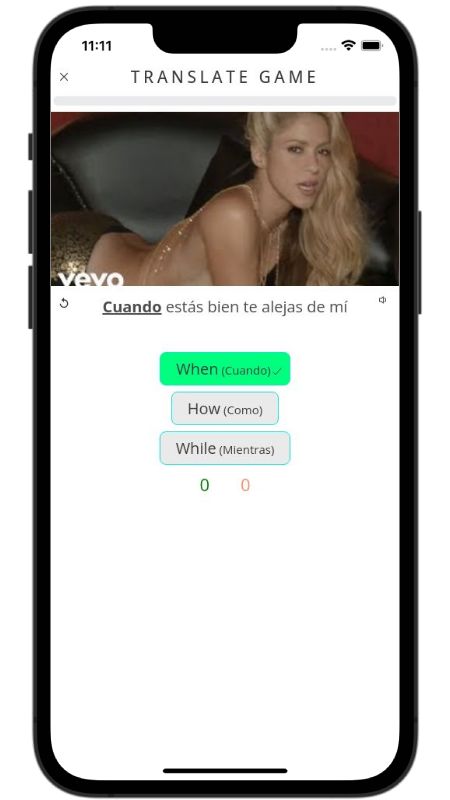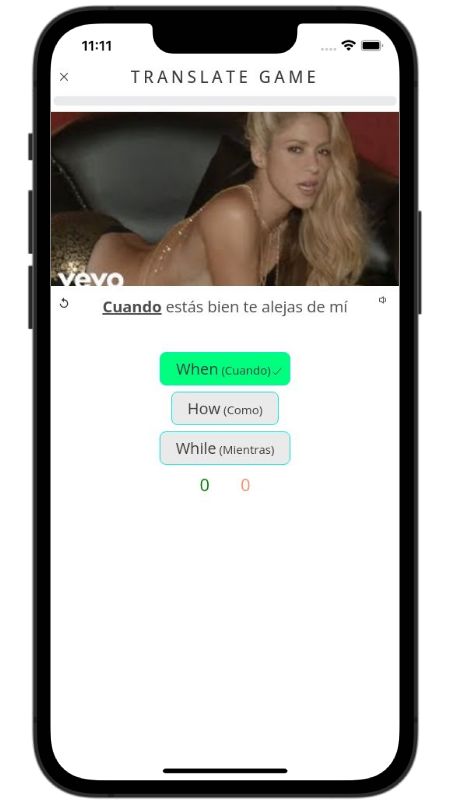Zapata Se Queda Lyrics in English Lila Downs , Celso Piña, Totó La Momposina
Below, I translated the lyrics of the song Zapata Se Queda by Lila Downs from Spanish to English.
It's three in the morning
They say that a little saint haunts
Softly I hear that he says
Walk slowly, oh mama
Walk slowly
My dream tells me don't go
My legs tell me just a bit
And when I finally notice, damn
I move little by little, oh mama
I move little by little
Could you be Zapata
The one that I hear here
With your perpetual light
That I saw in your eyes
In my mind it's heard
That tells me like this
In my mind it's heard
That tells me like this
Through the shade of the jungle
A gunshot was heard
And a black rooster fell
Down Miracle Street
If you say that you love me
With everything all in
And you go with me
We raise dust
Ay ay ay ay
When I dream of you
The dew takes shape
Along my whole path
Ay ay ay ay
When I dream of you
There's neither fear nor doubt
About my destiny
My lord of lightning
For Zapata
From south to north
And from north to south
Celso Piña
And Totó La Momposina
It's three in the morning
They say that a little saint haunts
Softly I hear that he says
Walk slowly, oh mama
Walk slowly
My dream tells me don't go
My legs tell me just a bit
And when I finally notice, damn
I move little by little, oh mama
I move little by little
Could you be Zapata
The one that I hear here
With your perpetual light
That I saw in your eyes
In my mind it's heard
That tells me like this
That in my mind is heard
That tells me like this
Through the shade of the jungle
A shot is heard
And a black rooster fell
Down Miracle Street
If you say that you love me
With everything all in
And you go with me
We raise dust
Ay ay ay ay
When I dream of you
The dew takes shape
Along my whole path
Ay ay ay ay
When I dream of you
There's neither fear nor doubt
About my destiny
Lyrics and Translations Licensed & Provided by LyricFind
Did you like these lyrics?
Did you know?
In addition to reading lyric translations, you can now learn Spanish with music and lyrics from your favorite artists.
No more boring lessons. You can now learn with engaging and culturally relevant lyrics from the best artists.
Apple and App Store are trademarks of Apple Inc.
Google Play and the Google Play logo are trademarks of Google LLC.









